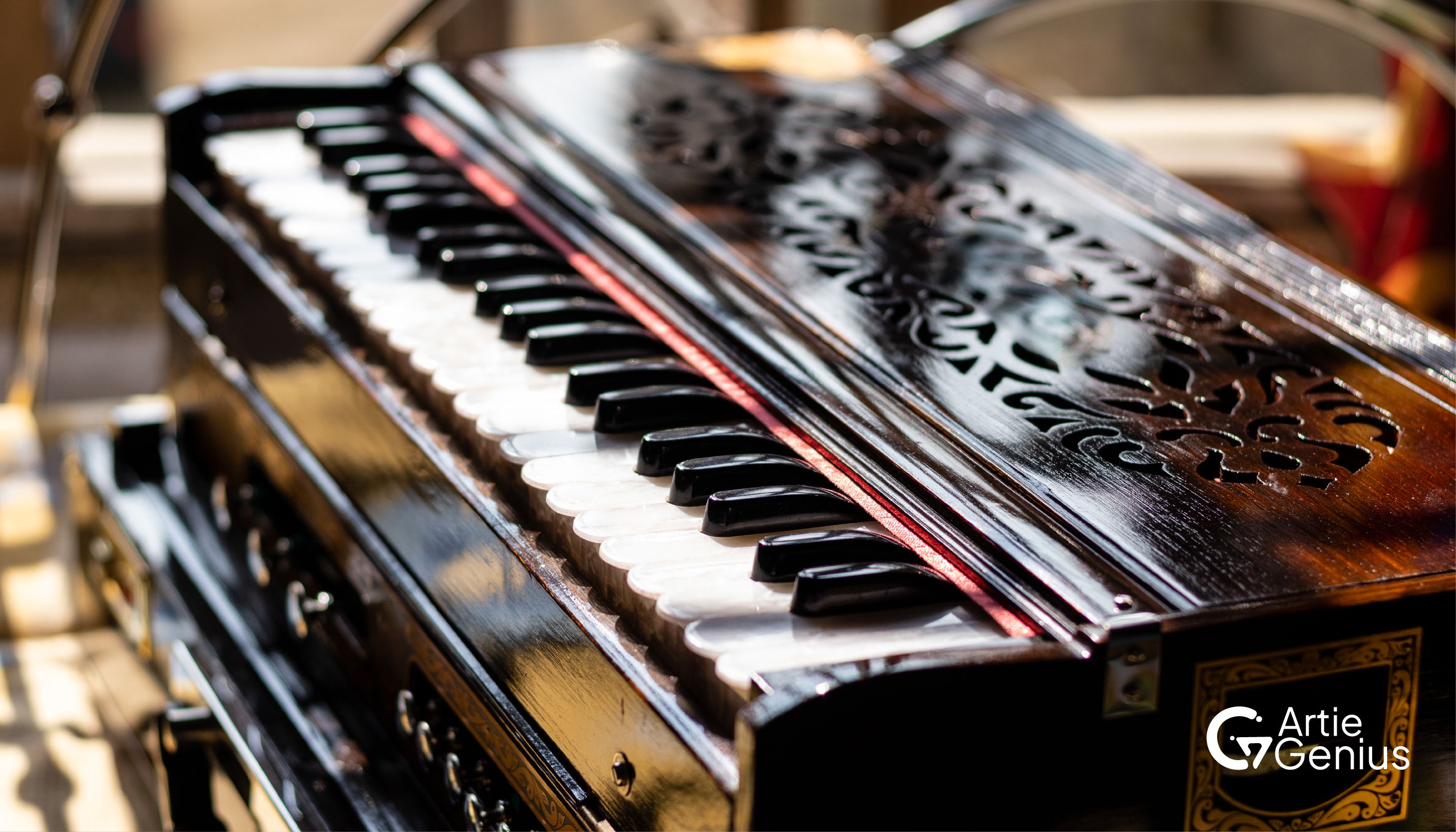Learning to play the piano is a rewarding journey that brings joy and fulfilment. Whether you’re aiming to play for personal enjoyment or aspire to become a professional musician, starting on the right note is crucial. In this guide, we’ll walk you through the essentials of piano for beginners. By the end, you’ll clearly understand how to embark on your musical journey.
Why Learn Piano?
Before diving into the nuts and bolts of piano lessons for beginners, let’s take a moment to appreciate why learning the piano is so beneficial. The piano is a versatile instrument that lays a solid foundation for understanding music theory. It enhances cognitive abilities, improves coordination, and can relieve stress.
Choosing Your First Piano
Digital Piano vs. Traditional Piano
When starting your piano for beginners journey, one of the first decisions you'll face is whether to choose a digital piano or a traditional acoustic piano. Both have their advantages:
Digital pianos: are ideal for beginners as they are more affordable and require less maintenance. They come with built-in learning tools, different sound options, and the ability to use headphones for quiet practice. Brands like Yamaha and Casio offer excellent digital pianos for beginners.
Traditional Piano: Acoustic pianos provide a richer, more authentic sound and touch. They are perfect for those who appreciate the classic feel of a piano and are willing to invest in regular tuning and maintenance. If space and budget allow, a traditional piano can be a wonderful choice.
Key Differences
Sound Quality: Traditional pianos have a superior, more natural sound due to their strings and hammers. Digital pianos, while advanced, still cannot perfectly replicate this sound.
Maintenance: Acoustic pianos require regular tuning and maintenance, while digital pianos are generally maintenance-free. Portability: Digital pianos are lighter and more portable, making them suitable for smaller spaces.
Setting Up Your Practice Space
Creating a comfortable practice environment is crucial. Ensure your piano is placed in a well-lit area with minimal distractions. A comfortable, adjustable bench is also important to maintain proper posture.
Understanding Piano Keyboard Basics
Understanding the layout of the piano keyboard is essential for beginners.. The standard piano has 88 keys, comprising both white and black keys. The black keys are grouped in sets of twos and threes, which help you locate notes. The white keys are named after the first seven letters of the alphabet (A-G), repeating across the keyboard.
Key Points: White Keys: Named A, B, C, D, E, F, G. Black Keys: Sharp (#) and flat (b) notes.
Beginning Your Piano Lessons
Learning to Read Music: Reading sheet music is a vital skill in your piano for beginners journey. Start with the basics:
Treble Clef and Bass Clef: The treble clef represents higher notes, usually played with the right hand, while the bass clef represents lower notes, played with the left hand.
Note Values: Understand whole notes, half notes, quarter notes, and eighth notes to grasp the rhythm.
Time Signatures: Indicates how many beats are in a measure.
Basic Piano Techniques
Mastering basic techniques will make your learning process smoother:
- Hand Position: Your fingers should be curved, and your hands should remain relaxed.
- Finger Numbering: Each finger is assigned a number (1-thumb, 2-index, 3-middle, 4-ring, 5-pinky) to simplify learning.
- Scales and Chords: Practice scales to improve finger strength and agility. Learn basic chords to play simple songs.
How to Play Piano for Beginners
Starting Simple
Start with easy melodies and then gradually move on to more complex pieces.. Songs like “Twinkle, Twinkle Little Star” or “Mary Had a Little Lamb” are perfect for beginners.
Using Online Resources
In the digital age, there are numerous online resources available today.Websites like YouTube and Flowkey offer excellent tutorials on piano for beginners. Apps can also provide interactive lessons and feedback.
Joining Piano Communities
Engage with online forums and local piano groups. Sharing your progress and challenges with others can be incredibly motivating.
Developing a Practice Routine
Consistency is crucial when learning to play the piano. Establish regular practice times and adhere to them. Strive for at least 30 minutes of practice each day. Break down your practice sessions into warm-ups, technique exercises, and song practice.
Key Points: Warm-Ups: Begin with scales and finger exercises. Technique: Focus on hand position and finger strength. Repertoire: Practice your chosen pieces, starting slow and gradually increasing speed. Overcoming Challenges Learning any instrument comes with its challenges. Here are a few tips to help you stay motivated: Set Realistic Goals: Break your goals down into achievable milestones. Be Patient: Progress might be slow, but persistence is key. Celebrate Small Wins: Recognize and celebrate your improvements.
Conclusion
Embarking on your piano for beginners' journey is an exciting adventure. Remember, every pianist started where you are now. With dedication, practice, and the right resources, you can master the piano. Whether you choose a digital or traditional piano, understanding the basics and developing a consistent practice routine will set you on the path to success. Happy playing!
Additional Tips for Success Listen to Piano Music: Immerse yourself in different styles to inspire your practice.
Record Yourself: Recording your practice sessions can help track your progress and identify areas for improvement.
Stay Flexible: Don’t be afraid to adjust your practice routine if something isn’t working.
Learning to play the piano is a lifelong journey filled with joy and discovery. With this guide on piano for beginners, you’re well-equipped to start making beautiful music.
Happy practising!



